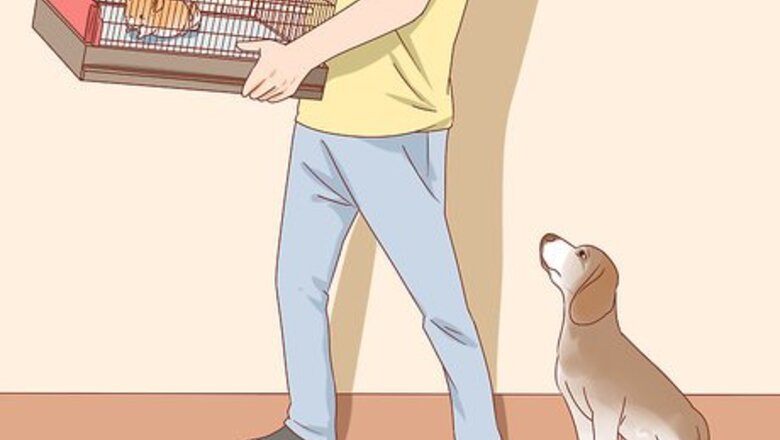
views
Cleaning Your Chinchilla
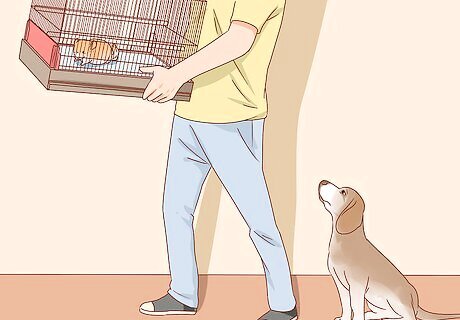
Separate your chinchilla from other pets. Place your chinchilla's cage in a room where other pets don't go. With a little luck, you can reunite your chinchilla and your other pets in a few weeks. Try to put as much distance between your chinchilla and other pets. Don’t move toys or other objects from your chinchilla’s cage to another pet’s cage without cleaning them.
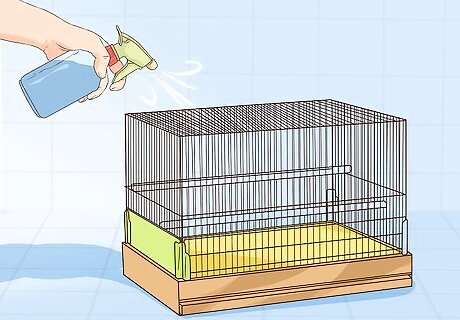
Clean your chinchilla’s cage. Place your chinchilla in a large cardboard box or a spare cage. Then, take your chinchilla’s cage outside and completely empty it. Throw out anything disposable. Wash toys and removable items with hot, soapy water. Finally, wash the cage itself. Use warm, soapy water and scrub every part of the cage.
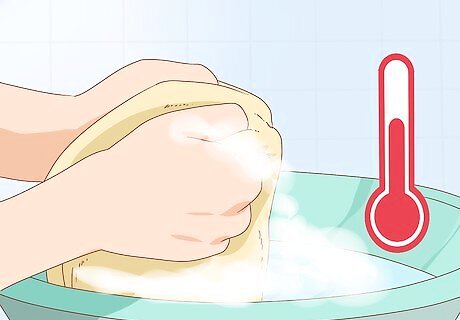
Wash any materials you used to bathe your chinchilla or clean its cage. After you’ve cleaned your chinchilla and its cage, wash any cleaning supplies you used in hot water. This is important, as mites could spread from a towel to other pets. Submerge toys and cleaning supplies (like sponges) in hot, soapy water. Wash the towels you used to dry your chinchilla with in hot, soapy water.
Administering Medicine
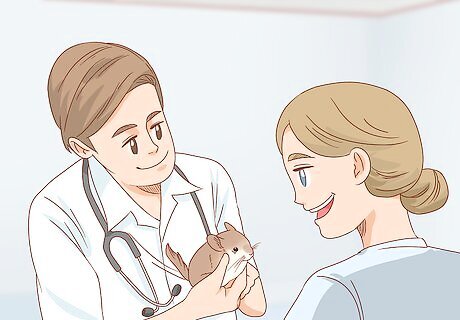
Take your chinchilla to the vet. Your vet will examine your chinchilla. They’ll determine the severity of your little friend's mite problem. Then, they’ll prescribe medication to treat your chinchilla for mites. If your chinchilla has secondary problems because of mites, like a rash, they’ll prescribe medicines to treat these problems, too. Some of these treatments include steroids for inflammation and rashes, and antibiotic cream for skin that is or could become infected.
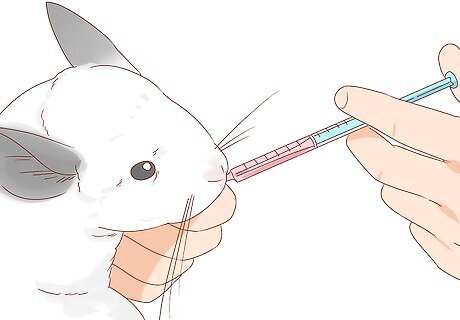
Give your chinchilla ivermectin. Ivermectin is a medicine that kills parasites. Ivermectin treatments usually last between 6 and 8 weeks. During this time you may use drops, an oral preparation, or an injection. Your chinchilla will most likely need to be treated once every 10 to 14 days for three treatments. This should help eliminate mites on your chinchilla within a few weeks. To give it orally, use a syringe or eye dropper and squirt the recommended number of drops of medicine into your chinchilla’s mouth. If you choose to give the medicine as an injection, follow your doctor’s directions carefully.
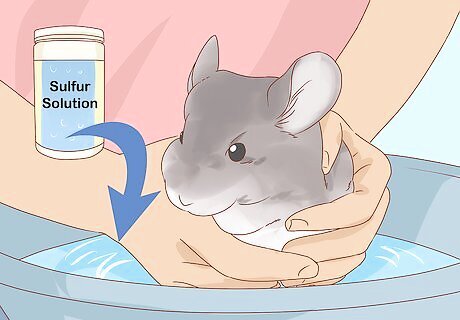
Dip your chinchilla in a lyme/sulfur solution, if needed. Treatment with ivermectin is safe, effective, and easy, so it is the preferred option. If for some reason your chinchilla is not suited to ivermectin, then one alternative you may consider is a lyme/sulfur dip. However, this treatment option is messier than ivermectin and it is also more stressful for your chinchilla. If you do decide to go with a lyme/sulfur dip, then place your chinchilla in a shallow bucket or container. Then, fill the container with the lyme/sulfur solution that your vet has prescribed. Use a sponge to collect the solution and drip it over your chinchilla. Do this until your chinchilla is completely wet with the solution. Afterwards, rinse your chinchilla under warm water. Be very careful to avoid getting the solution in your chinchilla’s mouth or eyes.
Keeping Your Chinchilla Mite Free
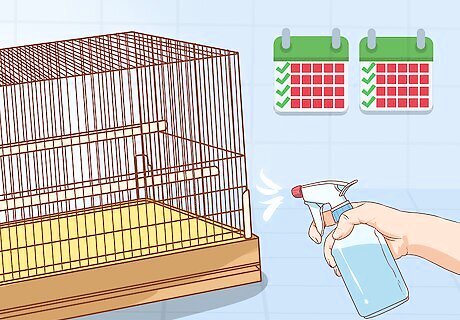
Clean your chinchilla’s cage every week for eight weeks. Just as you did the first time, completely clean out your chinchilla’s cage once a week. This is the only way to guarantee your chinchilla stays free of mites, as even a small number of mites can reinfest your chinchilla.

Follow up with your vet in 6 to 8 weeks. If your chinchilla is not mite free, then your vet will likely prescribe another course of ivermectin. In addition, they may make recommendations about how to avoid mite infestations in the future.
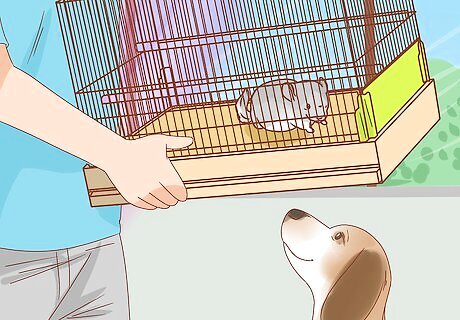
Bring your chinchilla out of isolation once it's mite free. Wait until your vet confirms your chinchilla is mite free before moving your chinchilla’s cage back into a room with other pets. If it is not mite free, mites could quickly spread to your other pets.















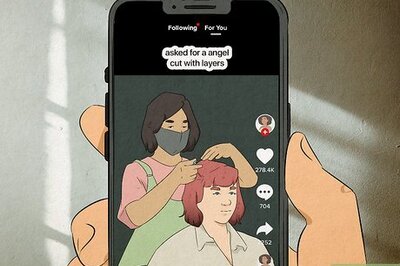


Comments
0 comment